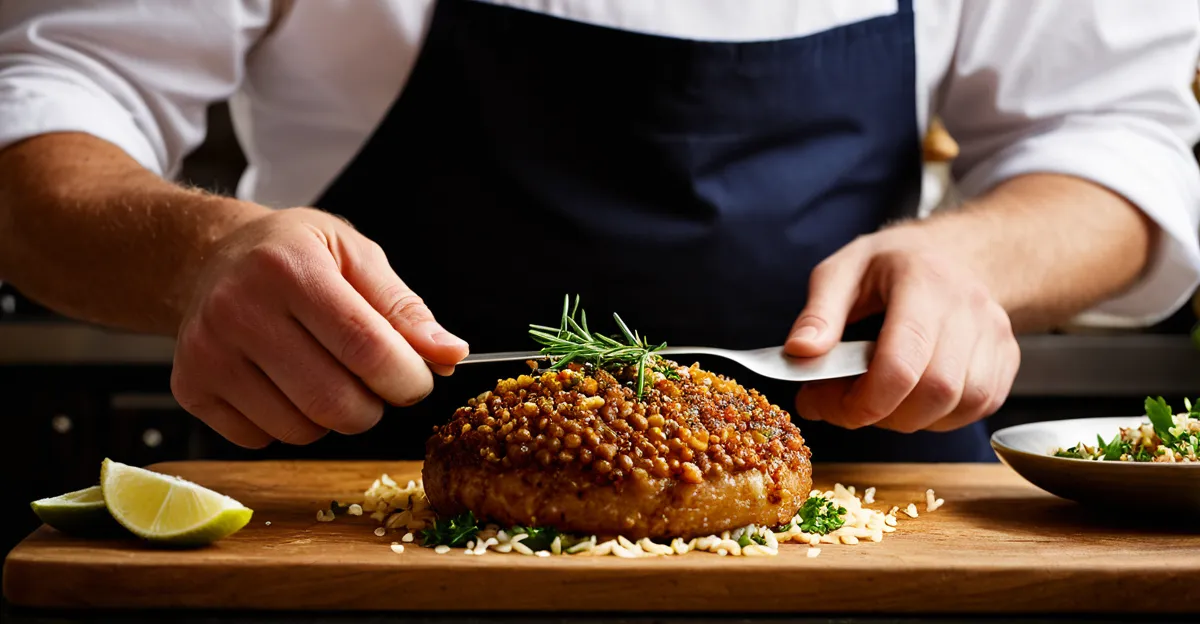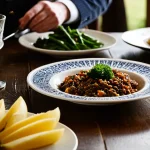Key Drivers of Global Influence in British Cuisine
British cuisine evolution has been profoundly shaped by global culinary influences stemming from historical events like colonialism, expansive trade routes, and waves of migration. These forces introduced new ingredients and cooking methods, enriching the British food landscape.
Recent immigration patterns have played a pivotal role in diversifying Britain’s culinary scene. Communities from South Asia, the Caribbean, and beyond have brought vibrant flavors and dishes, leading to a rich cultural integration that extends beyond traditional fare.
Also to see : How can you make a hearty beef Wellington from scratch?
Travel and global media have accelerated exposure to international cuisines, influencing British eating habits. People now seek out diverse dining experiences, reflecting a growing appetite for fusion and global dishes. Television programs and social media amplify these trends, making exotic flavors accessible and fashionable.
Together, these drivers have created a dynamic British cuisine that honors tradition while embracing innovation, highlighting how cultural integration continues to fuel the evolution of food in the UK.
Additional reading : How Can British Cuisine Inspire Your Next Dinner Party?
Transformation of Traditional British Dishes
The British cuisine evolution seen today is marked by the reinterpretation of classics through global influences. Traditional recipes have been creatively adapted with new ingredients and cooking techniques brought by cultural integration. For example, Chicken Tikka Masala—often cited as a quintessentially British dish—originated from Indian flavors modified to suit local taste buds, illustrating how fusion food becomes part of the national identity.
This fusion extends beyond curry; Italian pasta, Chinese stir-fries, and Caribbean spices have all been integrated into everyday British meals. Modern British recipes frequently incorporate these elements, reflecting a broader openness to global culinary influences.
How have traditional dishes been transformed? Precision demands we identify that these adaptations usually involve substituting or adding spices, sauces, or cooking methods not originally present in British cuisine. This process respects the dish’s roots while innovating with global ingredients, embodying cultural integration in the kitchen.
By blending familiar flavors with new twists, British cuisine continually evolves while maintaining a connection to its origins. These transformations demonstrate how classic recipes can thrive through openness to global tastes rather than remaining static relics.
Multicultural Dining and the British Food Scene
Multicultural dining UK reflects a vibrant tapestry where global restaurants and street food markets thrive. British cities, such as London and Manchester, have become renowned centres for diverse culinary experiences. Here, global flavors intermix, offering everything from authentic Caribbean jerk to South Asian biryanis, illustrating the rich cultural integration shaping the food scene.
Food trends in Britain increasingly celebrate this diversity by blending traditional dishes with international influences. Fusion trends are visible not only in high-end dining but also in casual eateries and street food, where innovative combinations excite diners seeking new experiences.
The growth of multicultural dining UK is driven by demand for authenticity and adventure in eating habits, creating opportunities for immigrant chefs and restaurateurs to introduce their heritage. As a result, British cuisine evolution is marked by this expanding array of offerings, reflecting the country’s openness.
Ultimately, multicultural dining in Britain showcases how global culinary influences have transformed the food landscape into a dynamic scene. This shift encourages more exploration and appreciation of a world of flavors right in the heart of British cities.








